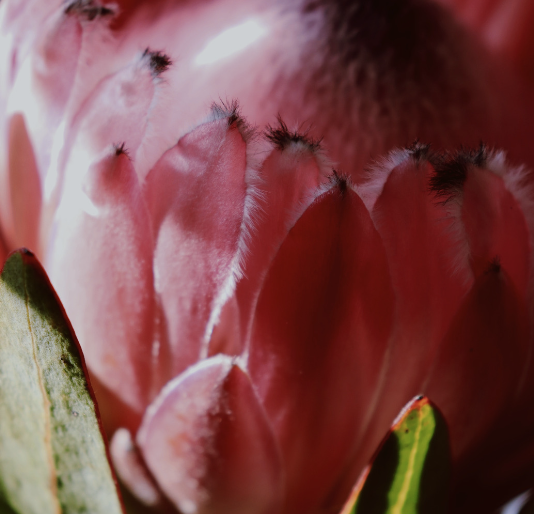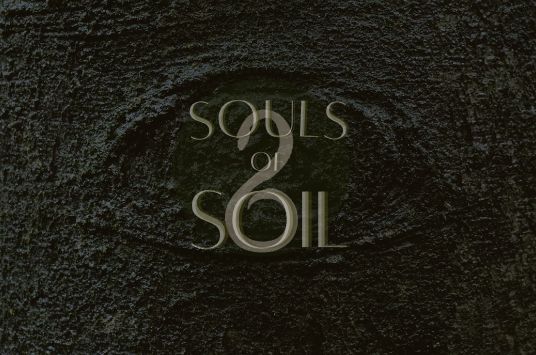
The Connection between Earth and Motherhood
The Earth, My Resilient Mother
“By embracing Earth’s living, breathing intelligent nature, we create space for regeneration and healing.”
By Haley Jones
Human beings have long held a primal inner knowing that we are children of the Earth, a wisdom passed down through ancestors of countless generations. We have evolved to finely attune ourselves to Earth’s ancient patterns, the closer we draw into how she has ‘raised’ us, the deeper we carry a respect for her.
In some parts of the world, such as the Andean region of South America, a belief permeates the culture that everything has a life, including hills, rivers, air, rocks, glaciers, and oceans. This belief stems from the recognition to be an interconnected part of a living organism known as Pacha Mama or Mother Earth, who communicates with the sun and the outer cosmos(1). This perspective of deep respect for nature was once inherent in European-based cultures but has waned with the rise of scientific and industrial revolutions(2).
Earth’s rotation not only labels the passage of time but also provides us with bountiful harvests of foods and medicines to sustain us throughout the year. These colloquial understandings merely scratch the surface of the occult ‘why’s’ behind Earth’s cycles of life and death. This balance of seasonal nature is the foundation of fertility and regeneration; for seeds to be nurtured and awakened into bloom. Earth’s forests home trees to offer shelter and medicine. Earth’s waters home creatures aplenty and quench our thirst. Her rhythmic breath breathes life into this dance of seasons. The soil’s surface, her skin. Beneath, her pulse. She infuses her life-giving to all living beings. Our existence is sown from this intricate process.
Traditionally, the observation of the stars in the sky as predictors for the behaviours of plants and animals was how harvesting was practised(3). This practice of seasonal harvest began through observing the positions of the stars in the sky as predictions for the behaviours of many plants and animals. Many groups of people, such as Aboriginal and Torres Strait Islanders in Australia(3), continue to use this practice. By respecting the living organism that is Earth’s soil and tapping into generational knowledge, we honour our connection to the Earth as her kin, rather than treating her as a mere device for our convenience.
In the poem, “Locas Mujeres,” Earth’s nutrients were refreshed through a therapeutic burn, sowing into a new life through the imagery of a tree portrayed as Earth’s child, “that which sleeps in her soil.” (4) Our existence is cyclical, through life and death, birth and rebirth. Women, and those who menstruate, are the physical embodiment of the Earth’s fertility, mirroring her lunar phases and changing seasons through their own cycles of fertility. Although taboo in Western discourses, our ancestors have long recognised menstruation as sacred and powerful, symbolizing the forces of life and creation. Among the Hoopa Valley Tribe in Northern California, for example, there is no taboo surrounding a woman’s bleeding cycle within this culture(5). A womb holds the potential for new life, renewal and shedding of the old to make way for the new. Just as Earth’s fertile soil embraces the seeds of each life cycle, the womb is the space where life begins.
Our systems have been subjected to simplification and degradation dominated by industrial-productivist discourses(6). This manifestation of patriarchal society has lost touch with the sacred interconnection of Womb and Earth. The oppression of female bodily autonomy, the marginalisation of people and the commodification of land and living beings are all expressions of a society that has been severed from this sacredness; some refer to it as ecocide(7).
In the face of this adversity, many of us feel this call, this inner knowing, to be stewards of Earth; to awaken the forgotten harmony. Viewing Earth as Mother, the nurturer, fosters a mutual respect and relationship to care for one another. As Robin Wall Kimmerer iterates in Braiding Sweetgrass(8), “Knowing that you love the earth changes you, activates you to defend and protect and celebrate, but when you feel that the earth loves you in return, that feeling transforms the relationship from a one-way street into a sacred bond.”
By embracing Earth’s living, breathing intelligent nature, we create space for regeneration and healing. Connecting with the natural elements fosters the rediscovery of the profound bond that aids in natural healing processes, for just as our bodies hold the capacity to heal and shed, so does Earth herself. This connection translates into practices of resilience that improve the health of the soil and has the ability to restore damage caused by highly degraded soil to build new soils(9).
Women transcend mere vessels of life, they emerge as guardians of Earth, entrusted as guides. Indigenous women from ancient matriarchal societies have stood as her primary defenders, their care and knowledge passed down through generations(10,11).
“The power that is the feminine spirit and what that love can do to heal and support humanity and all life on earth is humbling. There are so many ways to be a force of mother energy. It is a beautiful, transformative and vital superpower.” -Laura Halcón (12)
The intricate weave between menstruation and Earth’s cycles and the everpresent process of life, death and rebirth accentuates the significance of nurturing and preserving Earth’s well-being. Although we have subjected Earth to various forms of suffering, she offers an immortal ability to heal. Have we replaced her voice with our own fibbed stories? Her voice will resound, one way or another, but at what cost? We know she holds the power of life and of death.
“Stories that rise from deep suffering can provide the most potent remedies for past, present, and even future ills.” -Clarissa Pinkola Estés, Women Who Run With The Wolves (13)
We have a choice. Let us look into the eyes of the suffering we have imposed and place it back into the hands of the mother. Resilient as she is, she possesses the knowledge to heal a thriving community that exists atop her sacred soil. May her wounds transform into scars, while her strength regenerates her medicinal gifts. May her power echo as she redeems her voice, nurturing the beings that reside in her arms. After all, she is our revered first ancestor.
References
Finzer, E. (2015) ‘Mother earth, earth mother: Gabriela Mistral as an early ecofeminist’, Hispania, 98(2), pp. 243–251. doi:10.1353/hpn.2015.0058.
Armstrong, Luanne. "The Great Cosmic Metaphor: Thinking about the "Earth our Mother"." Alternatives 21, no. 2 (04, 1995): 32-36. https://www.proquest.com/scholarly-journals/great-cosmic-metaphor-thinking-about-earth-our/docview/218770747/se-2.
Mistral, G. and Couch, R. (2008) Madwomen the locas mujeres poems of gabriela mistral. Chicago: University of Chicago Press.
Risling Baldy, C. (2017). mini-k’iwh’e:n (For That Purpose—I Consider Things): (Re)writing and (Re)righting Indigenous Menstrual Practices to Intervene on Contemporary Menstrual Discourse and the Politics of Taboo. Cultural Studies ↔ Critical Methodologies, 17(1), 21–29. https://doi.org/10.1177/1532708616638695
Gordon, E., Davila, F. & Riedy, C. Transforming landscapes and mindscapes through regenerative agriculture. Agric Hum Values 39, 809–826 (2022). https://doi.org/10.1007/s10460-021-10276-0
https://www.eco-business.com/news/explainer-what-is-ecocide/
Kimmerer, R.W. (2022) Braiding Sweetgrass. Vancouver, B.C.: Langara College.
Rhodes, C.J. (2017) ‘The imperative for Regenerative Agriculture’, Science Progress, 100(1), pp. 80–129. doi:10.3184/003685017x14876775256165.
https://atmos.earth/the-sacred-indigenous-women-of-the-world/
https://www.eeas.europa.eu/eeas/indigenous-women-heartbeat-keeps-ancestral-communities-alive_en
Estés, C.P. (2003) Women who run with the wolves: Myths and stories of the wild woman archetype. New York: Ballantine Books.
